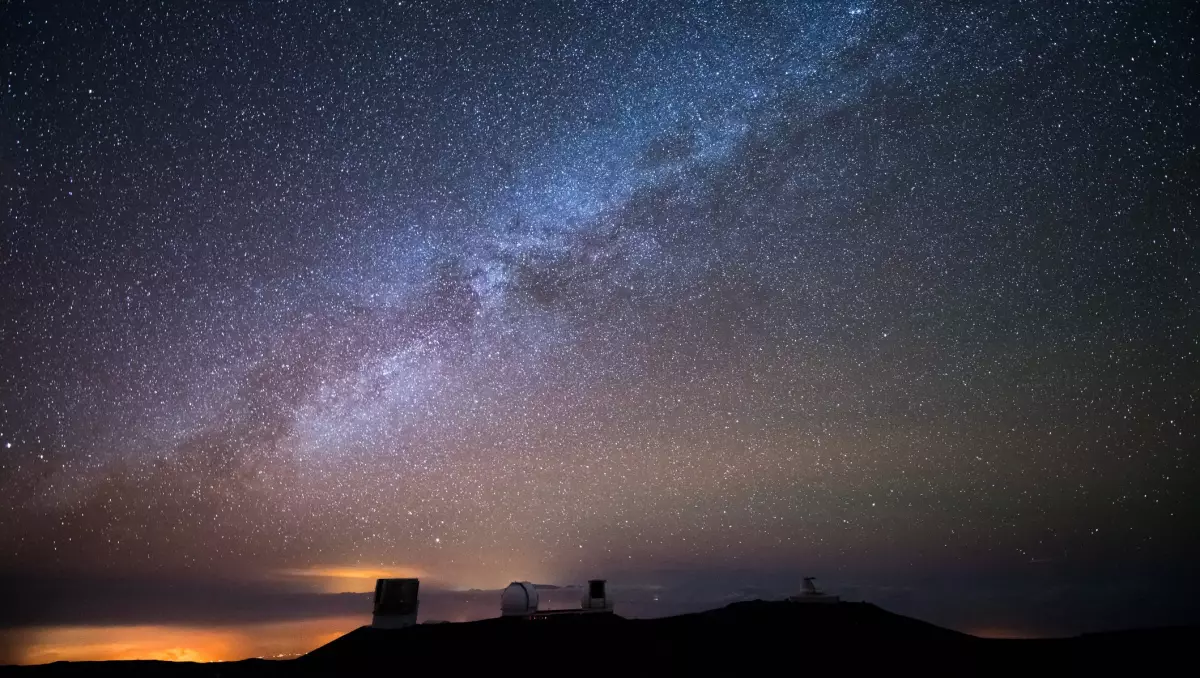Introduction
Have you heard the recent buzz about NASA announcing a 13th zodiac sign and a new constellation? It seems like everyone on social media is talking about it. But is there any truth to these claims? Let's take a closer look and separate fact from fiction.
No New Constellation, says NASA
According to a recent Facebook post by Hot 100, a Virginia-based radio station, NASA has announced a new star sign and a 13th zodiac sign called Ophiuchus. But before you start rethinking your entire astrological identity, let's set the record straight.
Shifts in astrological paradigms have been around since 2011 when Minnesota Planetarium Society astronomers discovered that the alignment of the stars had changed due to the moon's gravitational pull on Earth. This discovery led to a revised zodiac calendar, which did not sit well with astrologers.
In January 2016, NASA published an educational blog explaining the history behind the zodiac signs and why a 13th zodiac sign had always been around but was never acknowledged. The agency clarified that they study astronomy, not astrology, and didn't change any zodiac signs; they simply did the math.
 Ophiuchus is not a new constellation but one that has gone unacknowledged for thousands of years.
Ophiuchus is not a new constellation but one that has gone unacknowledged for thousands of years.
How Does the Zodiac Relate to Constellations?
To understand the relationship between the zodiac signs and constellations, we need to dive into early astronomy. Humans have been observing the night sky and attributing significance to celestial bodies for thousands of years. Ancient astronomers noticed that specific groups of stars appeared during different periods of time. These constellations were visible due to Earth's planetary movement around the sun.
According to NASA, if we imagine a straight line drawn from Earth through the sun and into space, Earth's orbit around the sun causes this imaginary line to rotate, pointing to different stars throughout the year. The stellar collections close to this imaginary line are what we refer to as the zodiac.
The Babylonians, who divided the zodiac into 12 equal parts, assigned one constellation to each part. However, they chose to exclude Ophiuchus, thus creating the popular 12 zodiac signs that we know today.
Our Ruling: False
After careful research, we can confidently state that NASA did not announce a 13th zodiac sign or a new constellation. The inclusion of Ophiuchus is not a recent development but rather an acknowledgement of what the Babylonians left out thousands of years ago.
Please remember that astrology and astronomy are separate fields of study. While astrology focuses on the interpretation of celestial positions and their influence on human life, astronomy deals with the scientific understanding of celestial objects and phenomena.
Sources:
- Time, "Where Do Zodiac Signs Come From? Here's the True History Behind Your Horoscope"
- NASA Official Tumblr, "Did you recently hear that NASA changed the zodiac signs? Nope, we definitely didn’t…"
- The New Yorker, "How Astrology Evolved, From Mesopotamia to Instagram"
- Time, "NASA Elegantly Shuts Down Those New Zodiac Star Theories"
- Time, "NASA Has No Time for Your Astrology Nonsense"
- Los Angeles Times, "New astrological sign: Professor finds horoscopes may be a little off-kilter"
- Time, "Horoscope Hang-Up: Earth Rotation Changes Zodiac Signs"
- Washington Post, "Chaos in the zodiac: Some Virgos are Leos now (but NASA couldn’t care less)"
- Cosmopolitan UK, "Don't freak out, but your star sign may have changed"
- Business Insider, "Archaeologists figured out that some of the world's oldest cave drawings don't just depict animals — they're constellations of stars"
- Space.com, "Spotted! A Rarely Seen Constellation Shines This Summer"
- Check Your Fact, "Fact Check: Did NASA Announce A 13th Zodiac Sign?"
Thank you for supporting our journalism. You can subscribe to our print edition, ad-free app, or electronic newspaper replica [here](add subscription link).
Our fact-check work is supported in part by a grant from Facebook.












